Tri-Five Tales: Restoring this 1955 Chevrolet Nomad was worth the effort
As companions to yesterday’s lovely historical feature on the history and legacy of the Tri-Five Chevy, written by the illustrious Aaron Robinson, we are publishing three Hagerty member stories about their own Tri-Fives. Enjoy! -EW
Dave Armstrong got the Nomad itch as a kid in Saratoga Springs, New York. His uncle owned a local garage where Armstrong’s dad and his buddies all used to hang out. Two of those guys had ’55 Chevy Nomads. His daily school bus rides took him past the shop, and Armstrong never failed to take good long looks at the wagons parked out front.
“I just liked how different they were from other Tri-Fives,” says the 62-year-old retired firefighter. Chevy sedans and station wagons of the period had upright pillars, a higher windshield, and more curve on the roof’s edge. Nomads, however, have B- and C-pillars with pronounced forward angles. “The Nomad’s tailgate and liftgate are laid way forward to match those angles, and they’ve got a nice low roof, so the side windows are lower as well,” he says. The projection of forward motion even at a standstill is clear.
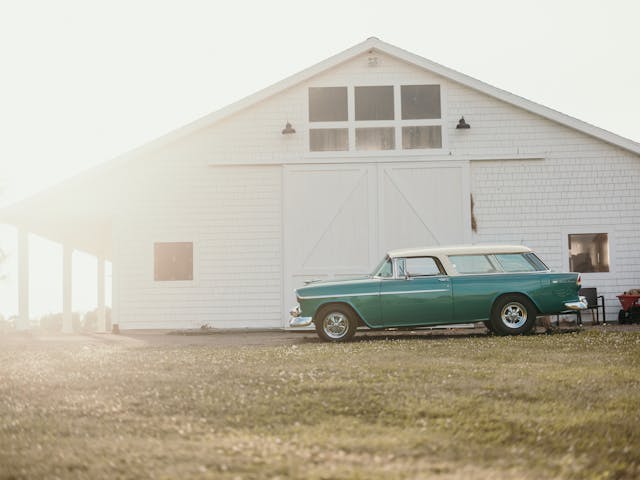
Years ago, Armstrong’s grandmother was living in a nursing home in Vermont, and he and his uncle alternated driving duties for the hourlong trip to see her every weekend. His uncle was driving one weekend, so Armstrong grabbed a Money Saver paper to read on the way back. That’s when he found the ad for a ’55 Nomad for sale nearby for $1800.
After a call to the seller, Armstrong learned it had been used as a drag car at some point, but then had been sitting outside under a tarp for years. The whole car was in gray primer, and the previous owner had cut the front of the frame horns off and put a fiberglass flip nose on it for racing. “They even beat the firewall in with a sledge-hammer to fit a big-block,” he says.
The Nomad had no interior and no glass, and when Armstrong got it home and stripped it down, he discovered the entire body was covered in surface rust. In addition to a new firewall, it needed new floorpans, rocker panels, door skins, lower quarter panels, and a cargo floor. When he started the project, Armstrong had no idea how to weld, so he taught himself. “I used junkyard hoods and doors to learn on.” Then, with the help of friends, he started on the rehab.
Armstrong reckons he spent about 20 years on the restoration, finishing up just last year. “I learned that a Nomad is a hard car to do,” he says. “Expensive and hard.”
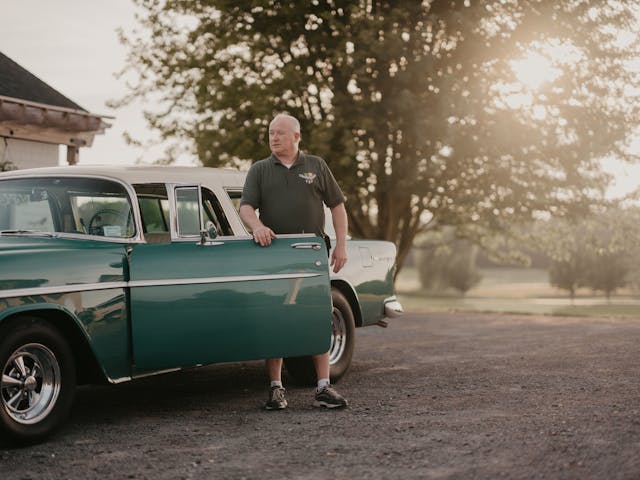
Nomads have a lot of trim pieces, many parts are rare, and many haven’t been reproduced. A good parts car is almost a necessity, and Armstrong was fortunate to have two. Still, one of his biggest challenges was the interior. “The headliner has seven chrome bows and chrome garnish moldings. And the cargo area is all linoleum and stainless steel.”
Armstrong’s Chevy buddies Rick Rudolph and Ernie Wilder helped to keep the project moving forward. “I learned so much from those guys,” he says, “and they made sure I got it done correctly.”
With the original engine nonexistent, Armstrong went with a 350, paired with a 700R4 transmission and a Camaro rear end. The car also sports power steering and power brakes. Finished in Shoreline Beige over Neptune Green, with a matching interior, Armstrong’s Nomad is a stunner—and a runner. “Oh, it drives down the road beautiful. You don’t even think you’re driving an old car.”
Reactions have been mixed. “A lot of people don’t like green.” But the workmanship can’t be faulted. “People see me out with it, and they’re like, ‘You drive this?’”
“Yep,” Armstrong says. “I drive it.”
This article first appeared in Hagerty Drivers Club magazine. Click here to subscribe and join the club.
Check out the Hagerty Media homepage so you don’t miss a single story, or better yet, bookmark it.

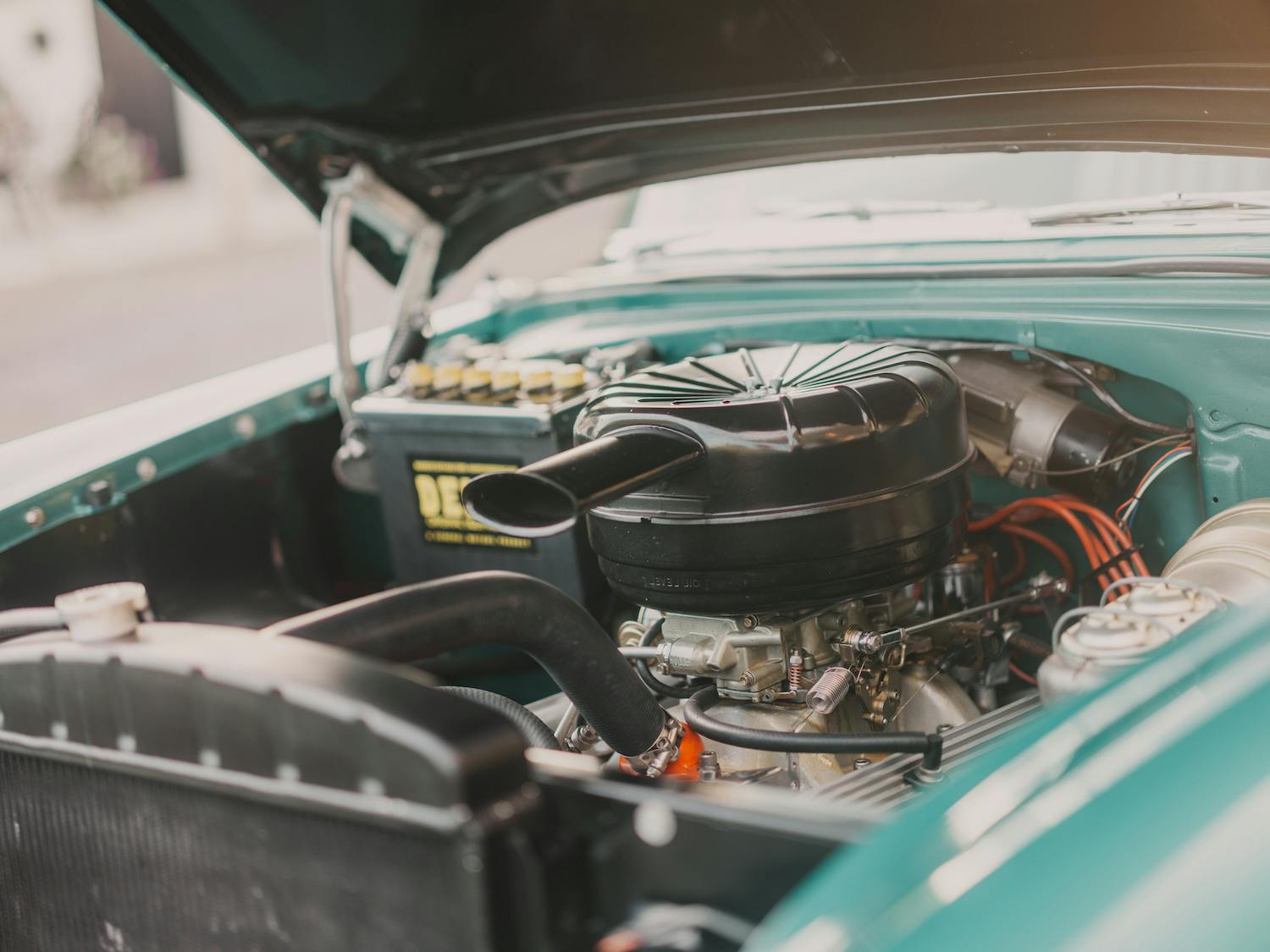
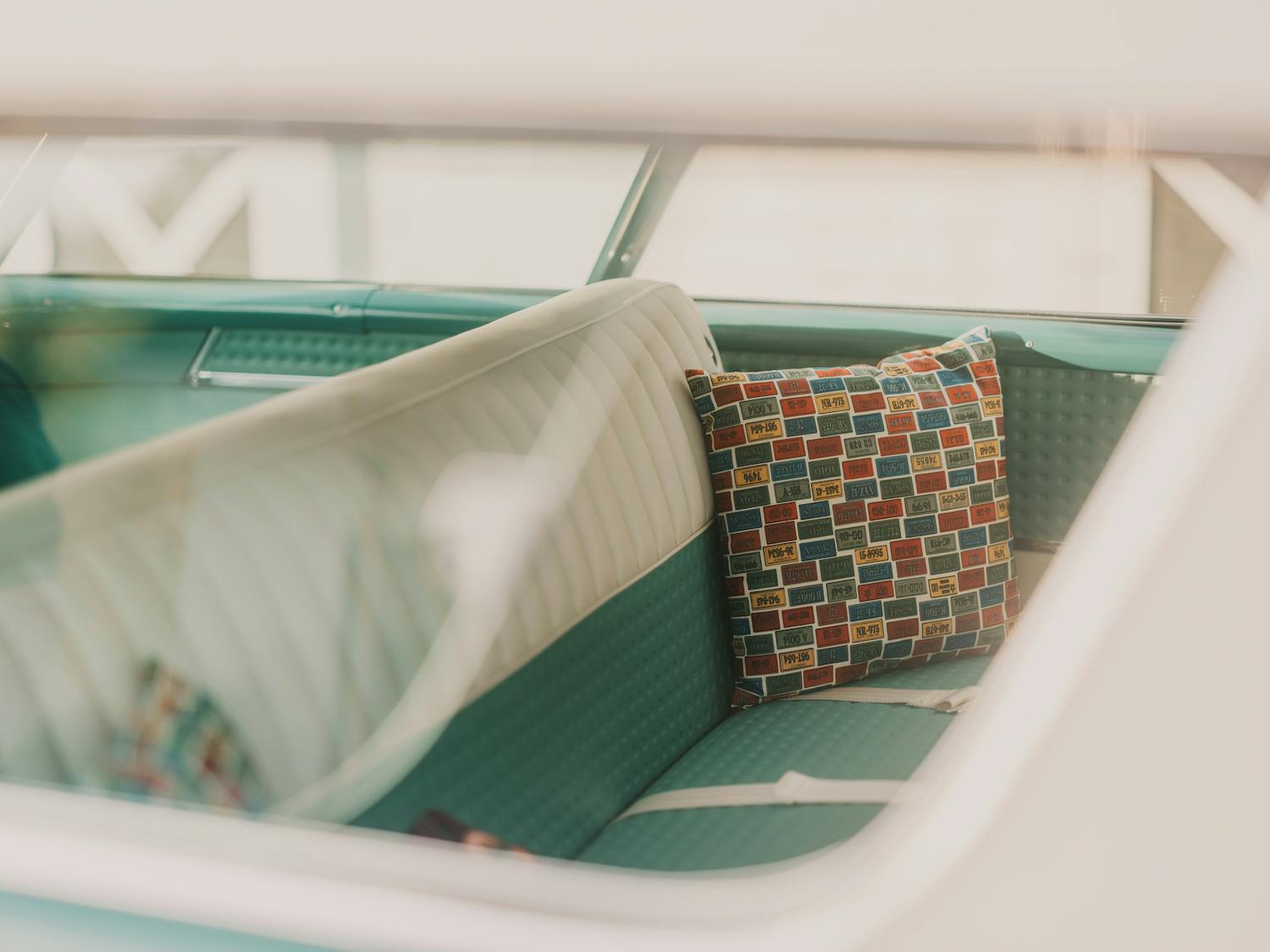
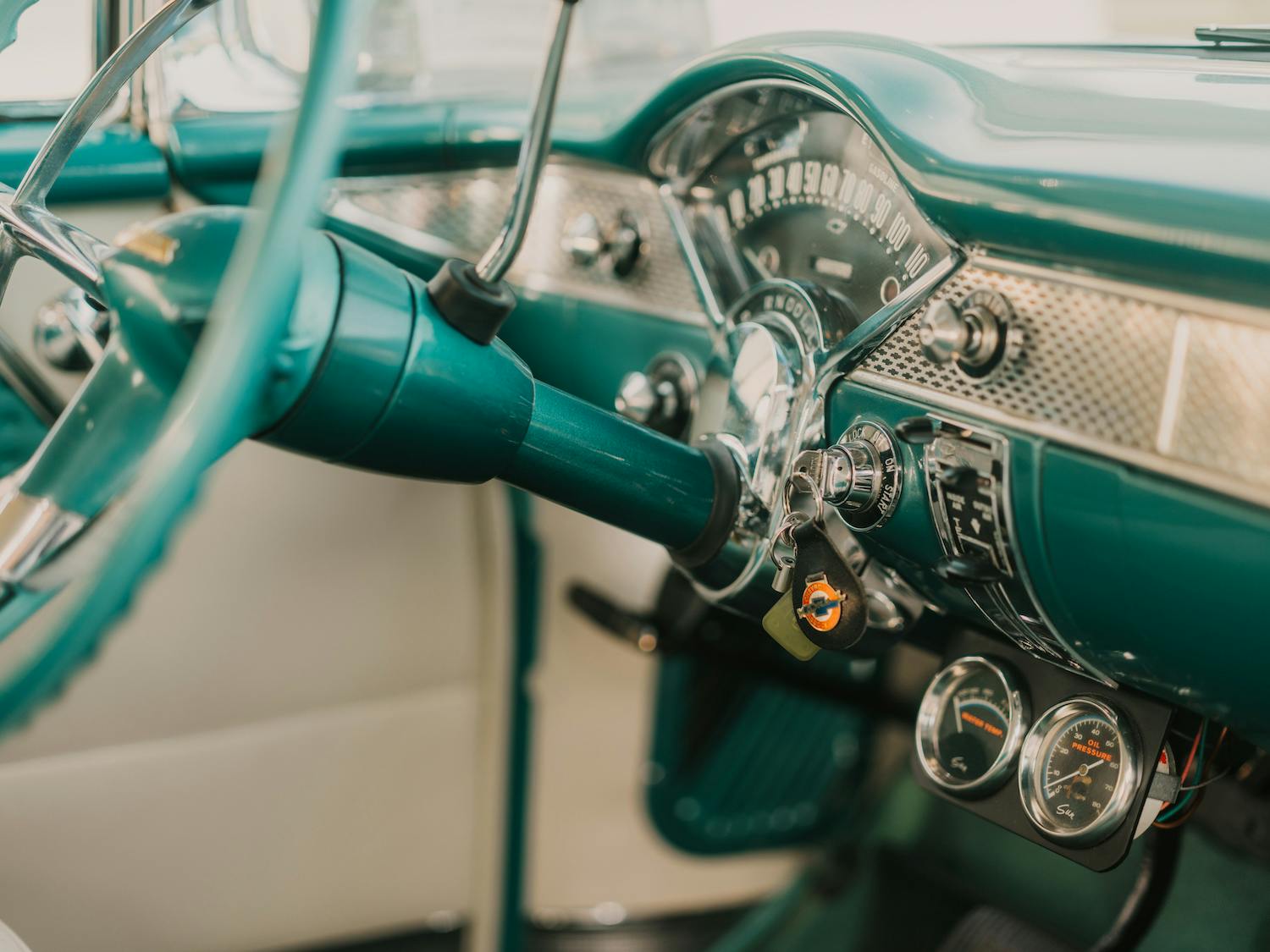
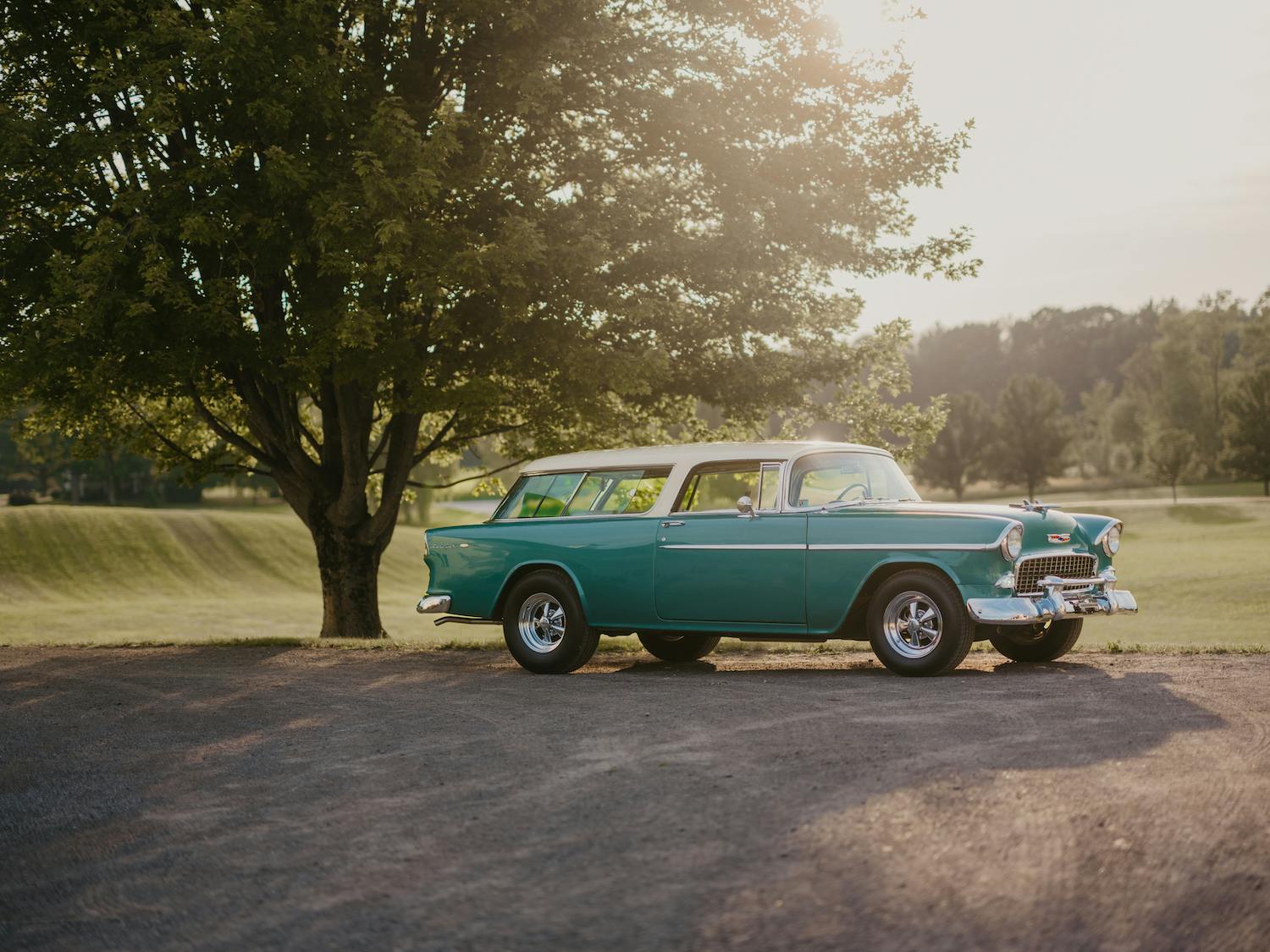

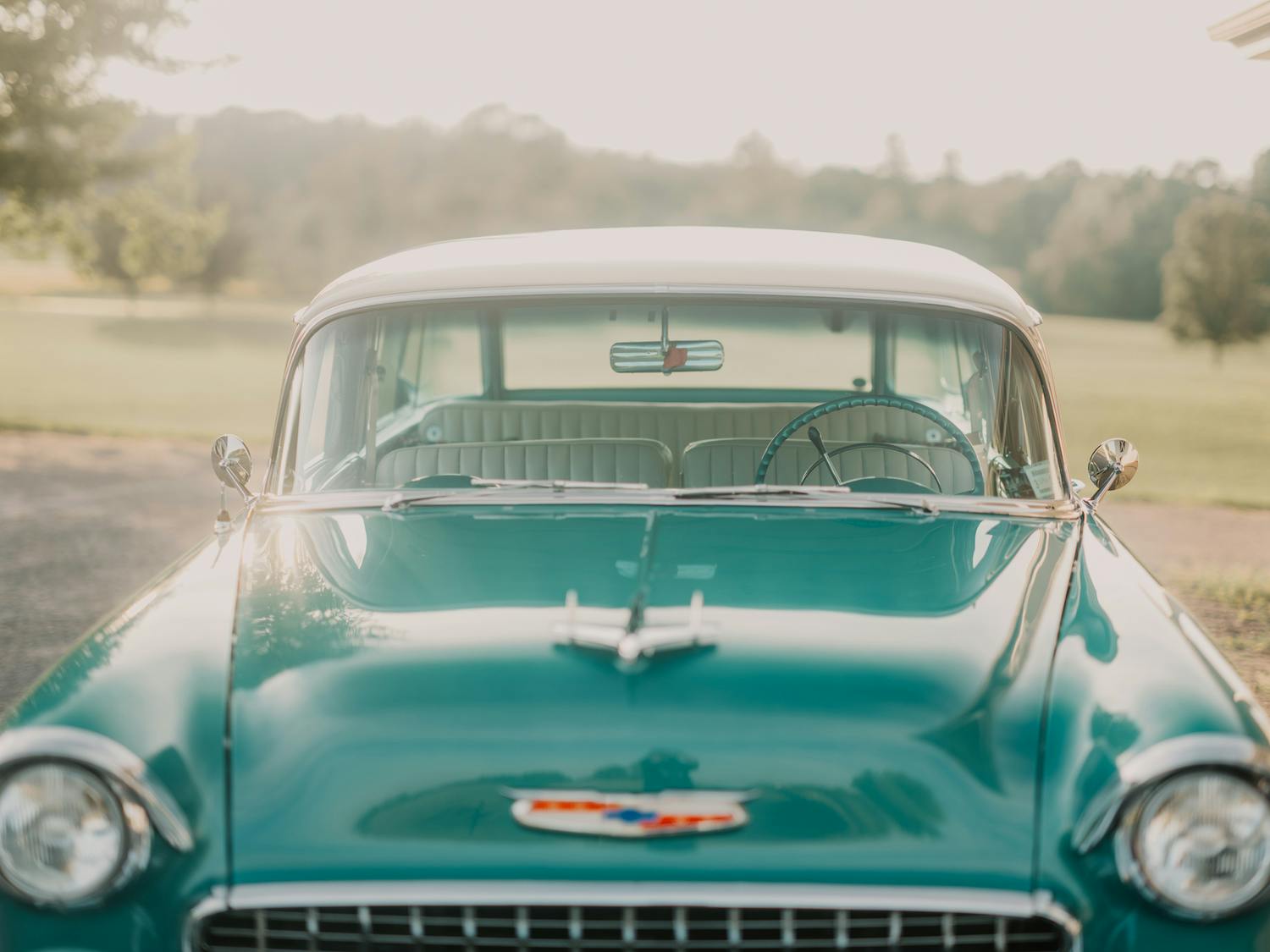
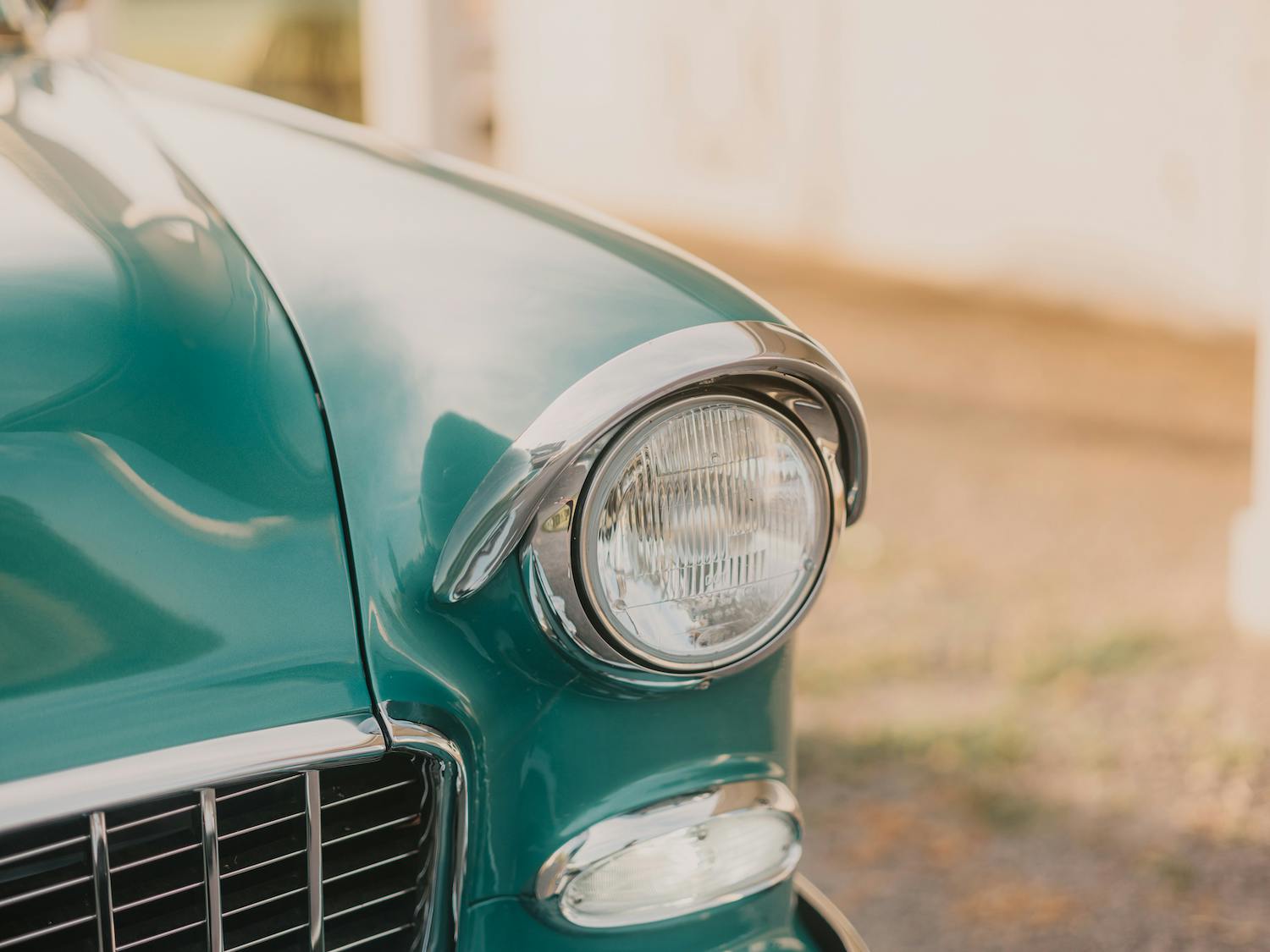
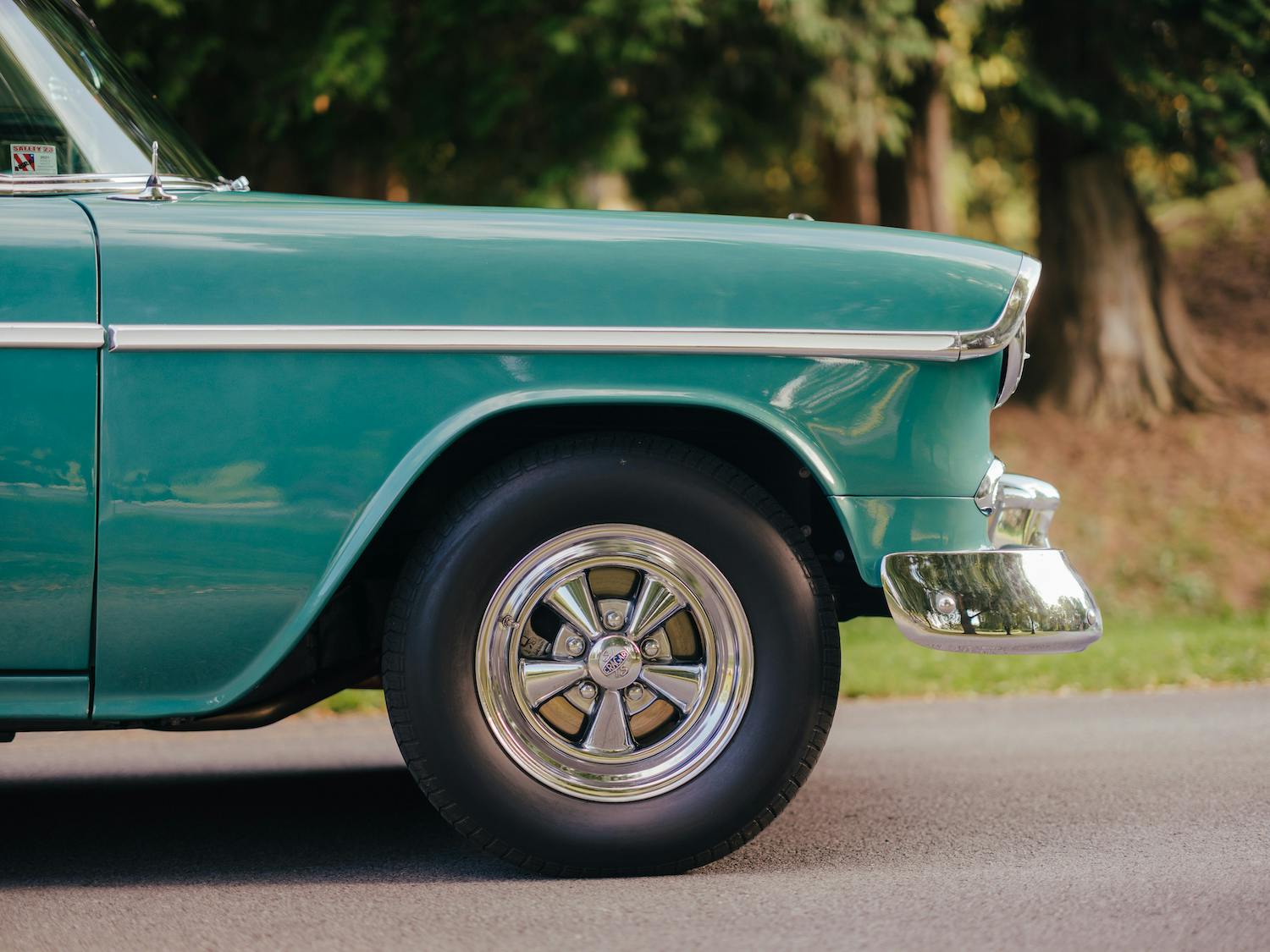
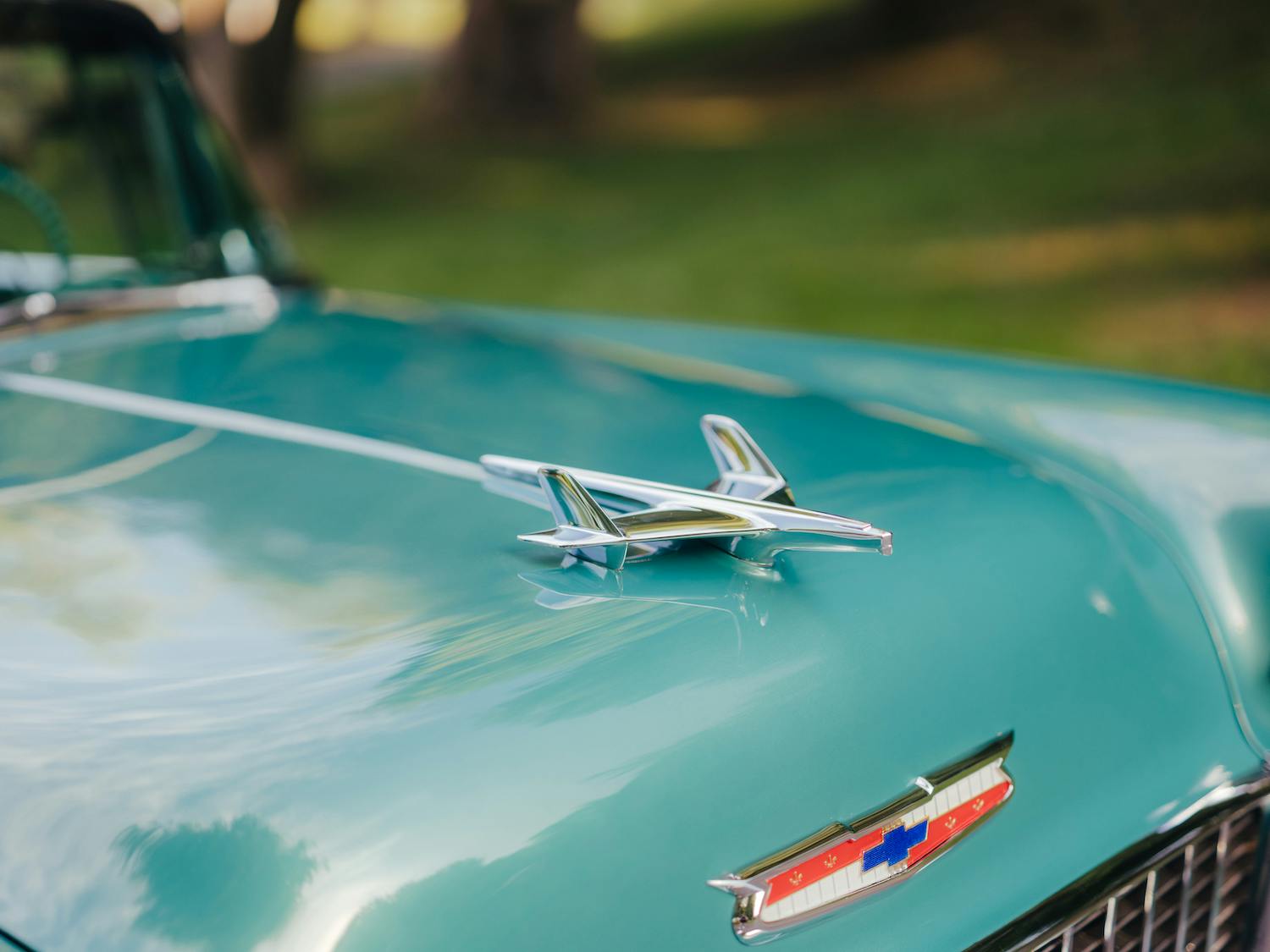
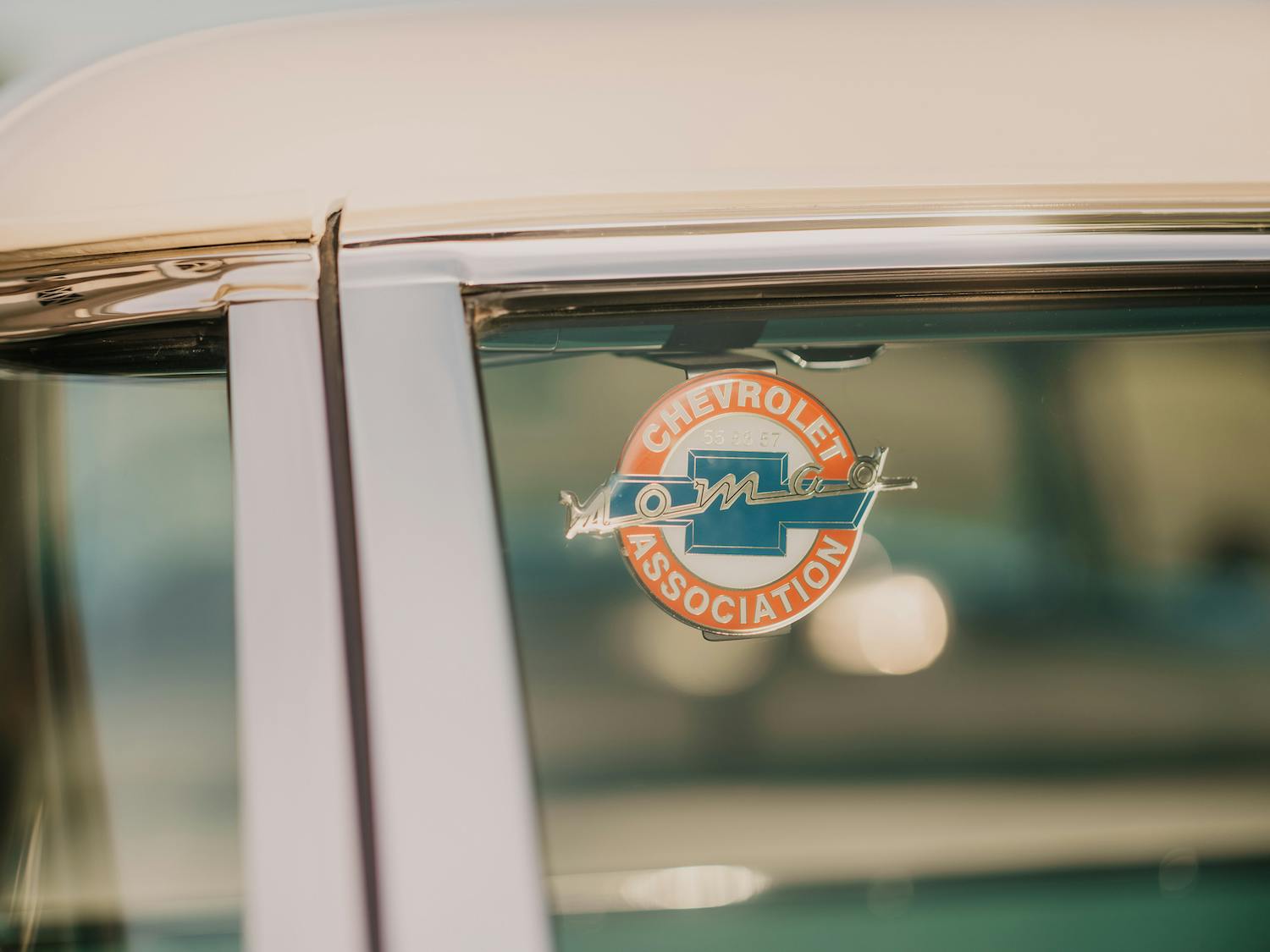
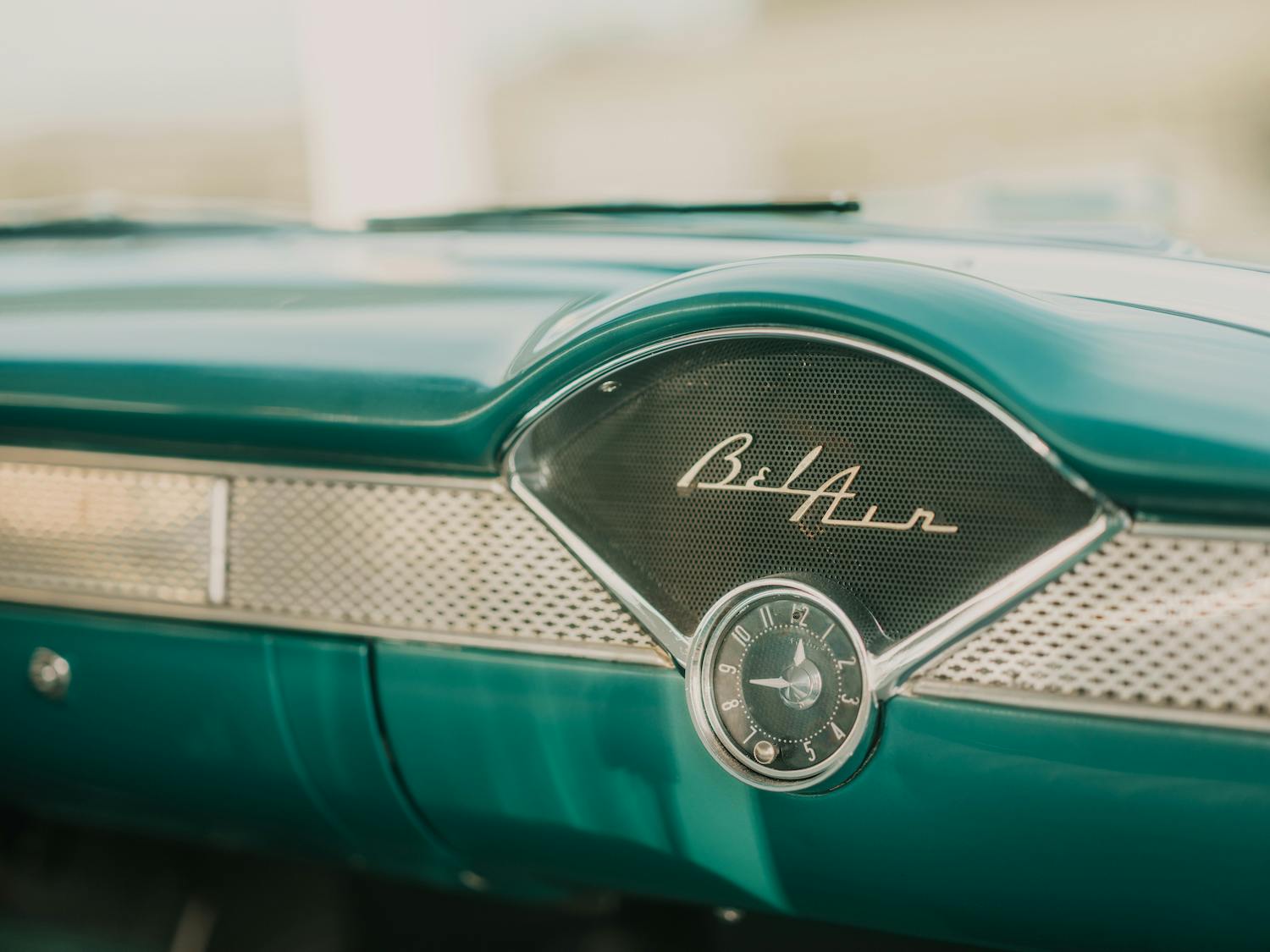
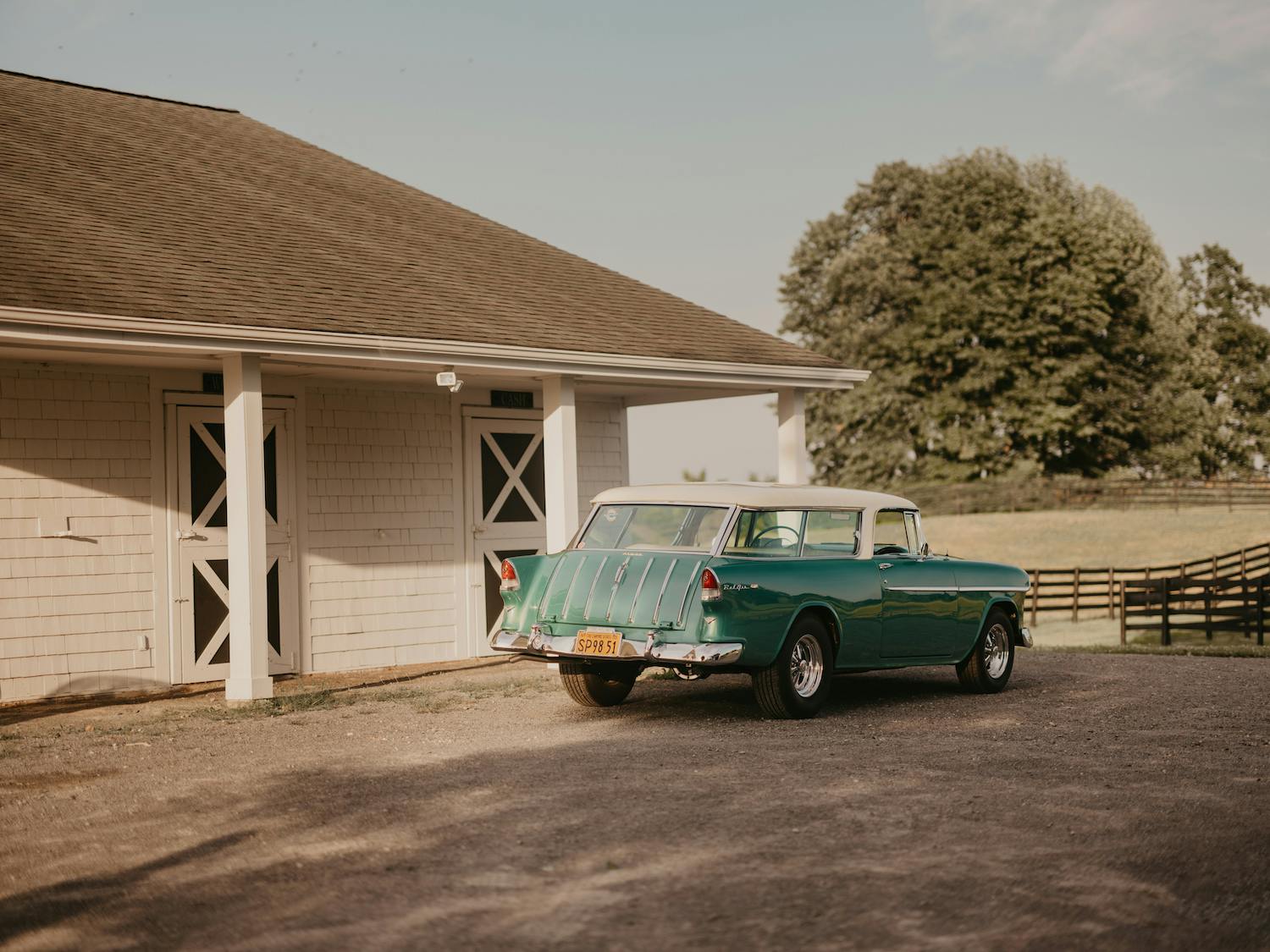
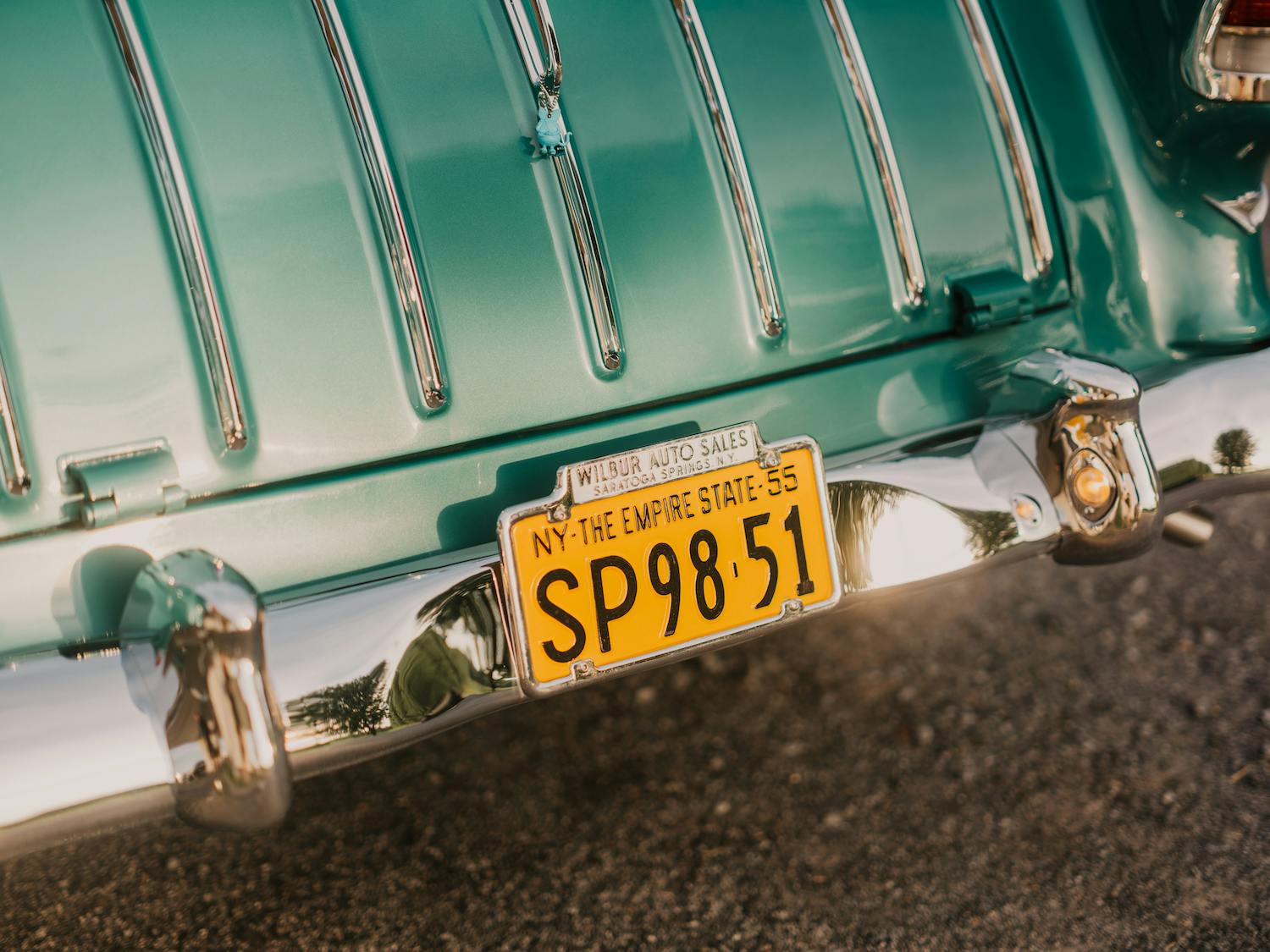


Restoring any Tri-Five is certainly a challenge, but Nomads are at least four times as difficult as any other model. The good thing about that is, when you’re done, you have one of the coolest vehicles to ever roll. At least, that it my opinion – and seemingly the opinion of a good percentage of other car lovers. This ’55 is a wonderful example – congrats to Dave on a job well done.
Oh yeah – PS: green is my favorite color!
My first car was a 56 pontiac 4 door that I bouht at 14 yrs old .At 16 I put it on the road. One cold / slippery winter day here in Canada I damaged the right front fender. I heard about one sitting on a farm not far away. turned out to be not 1 but 2 pontiac safarias both in decent shape but interiors were shot.The owner would not sell one so I bought the pair for $75 . I pulled the parts I needed plus a mallorey dual point distibutor and GAVE the 2 cars away. Would love to have one today
Excellent story and person and car
I have a 55 chev ragger that Dave painted after Ernie Wilder worked tiressly on & Dave’s paint job is stunning on my car too